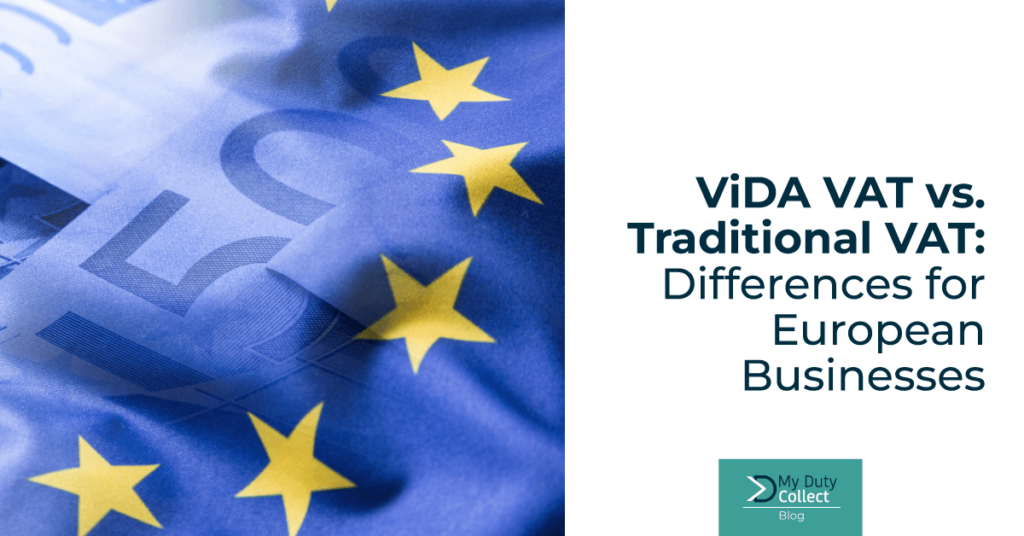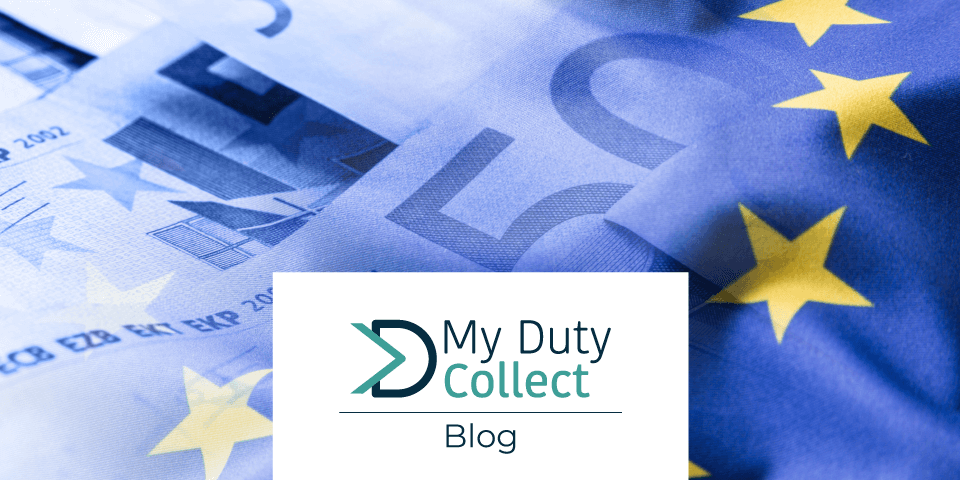The world of taxation is constantly evolving, and European businesses are no strangers to the ever-changing landscape. The introduction of the ViDA VAT has brought about significant changes, prompting businesses to understand how it differs from the traditional VAT system. In this blog post, we’ll delve into the differences between ViDA VAT and Traditional VAT, shedding light on the key aspects that European businesses need to grasp. So, let’s dive in!
–
READ MORE: IOSS for Small Businesses: Everything You Need to Know
–
Scope of Application
One of the notable differences between ViDA VAT and Traditional VAT lies in their scope of application. Traditional VAT typically applies to goods and services provided within a specific country, while ViDA VAT expands its reach to cover digital services provided by non-European businesses to European customers. This extended scope poses new challenges and opportunities for businesses operating in the digital realm. Understanding the implications of this change is crucial for European businesses to navigate the ViDA VAT landscape effectively.
Registration Requirements
When it comes to registration, ViDA VAT introduces new obligations for non-European businesses. Unlike Traditional VAT, where registration is often optional or based on specific turnover thresholds, ViDA VAT mandates registration for businesses meeting specific revenue thresholds. This means that even smaller businesses engaged in cross-border digital transactions may now be required to register and comply with ViDA VAT regulations. It is vital for European businesses to stay informed about these requirements to ensure compliance and avoid penalties.
One-Stop Shop (OSS)
One of the significant advantages of ViDA VAT is the implementation of the One-Stop Shop (OSS) mechanism. Under the traditional VAT system, businesses were required to register for VAT separately in each EU member state where they had customers. This process was cumbersome and time-consuming. However, with the introduction of ViDA VAT, the OSS allows businesses to handle VAT obligations across multiple European countries through a single registration. This streamlined reporting system simplifies VAT compliance for businesses operating in the digital sphere, reducing administrative burdens and enhancing operational efficiency.
Compliance Challenges and Considerations
While ViDA VAT brings advantages and simplifications, it also introduces new compliance challenges for European businesses. With the extended scope and mandatory registration, businesses need to carefully assess their digital service offerings and evaluate if they fall within the ViDA VAT framework. This assessment involves understanding the thresholds for registration, accurately determining the VAT status of customers, and implementing systems and processes to track and report VAT transactions. It is crucial for businesses to invest in robust compliance mechanisms, including proper record-keeping, invoicing, and VAT reporting, to ensure adherence to ViDA VAT regulations.
Impact on Cross-Border Transactions
ViDA VAT significantly impacts cross-border transactions within the European Union. For businesses involved in digital services, it is essential to evaluate the potential impact on pricing strategies, profit margins, and competitiveness in the European market. With standardized VAT rates, businesses must consider the overall pricing structure, factoring in the VAT obligations to ensure profitability while remaining competitive. Understanding the implications of ViDA VAT on cross-border transactions will help businesses strategize and adapt their business models to thrive in the evolving marketplace.

As European businesses adapt to the ViDA VAT framework, understanding the differences between ViDA VAT and Traditional VAT is crucial for effective compliance. By grasping the extended scope and registration requirements, leveraging the One-Stop Shop mechanism, and addressing compliance challenges, businesses can successfully navigate the ViDA VAT landscape. With careful consideration of the impact on cross-border transactions, companies can optimize their pricing strategies and remain competitive in the digital marketplace. Embracing these changes and seeking professional guidance will position European businesses for success in the evolving tax landscape.
Subscribe to our blog and visit our website and LinkedIn page for more updates. You can also reach out to us by sending a message to info@mydutycollect.com. We will be delighted to hear from you.




